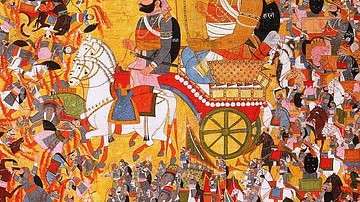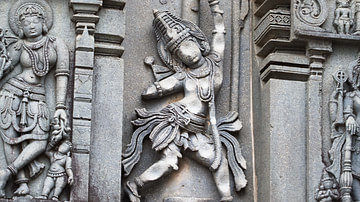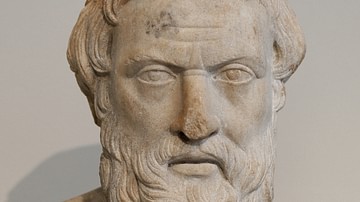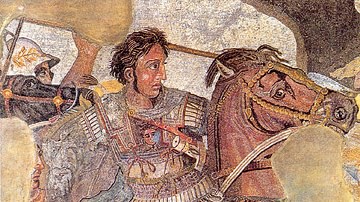Herodotus (484 BCE – c. 425 BCE) has been called the Father of History since he was the first historian known to collect his materials in detail, test their accuracy to a certain extent and arrange them in a well-constructed and vivid narrative. The Histories — his masterpiece and the only work he is known to have produced — is a record of his inquiry. Just as Homer drew mostly on a tradition of oral poetry, sung by wandering minstrels, so Herodotus appears to have drawn on a tradition of story-telling, collecting and interpreting the oral histories he chanced upon in his travels. These oral histories often contained folk-tale motifs.
On the subject of India he recounts an account of ants who threw up mounds of gold dust. This afterwards became a permanent element in the classic conception of India. The facts on which the account was based seem now fairly clear. Gold-dust was actually brought as tribute by the tribes of Dardistaii in Kashmir and was called by the Indians pipilika, 'ant gold'. When Herodotus said that the ants were the size of dogs and fiercely attacked any one carrying off the gold, it had been perhaps suggested that the account was derived from people who had been chased by the formidable dogs kept by the native miners.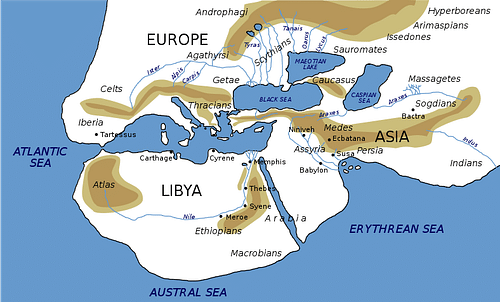
Alexander the Great enters India
Alexander the Great invaded India in 327 BCE, and to this expedition we owe all our real knowledge of Indian history in ancient times. Before Alexander's invasion we have only the Vedas, dating from about 1400 BCE, the Code of Menu (900-300 BCE), the sacred legends of the Ramayana, (400-350 BCE), and the Mahabharata, (500-250 BCE) to depend upon. Neither by Homer, Pindar, nor Euripides, India or its people is mentioned by name. Aeschylus cites "the wandering Indians," and Sophocles "Indian gold" but although they knew its name they really knew nothing of the country. It was not until the Persian war that the Greeks became aware of the existence of the enormous peninsula lying east and southward of the Indus River. It is more than probable; however, that Homer confounded India with Africa under the general name of Ethiopia. Alexander believed that he would find the sources of the Nile in India. In the Bible the only mention of India by that name is in the Book of Esther [circa B.C. 450, ch. i. 1, and ch. viii. 9] wherein we are told that Ahasuerus reigned "from India even unto Ethiopia, over an hundred and seven and twenty provinces." This Ahasuerus was Xerxes, and the feast he held "in Shushan the palace," in the third year of his reign. 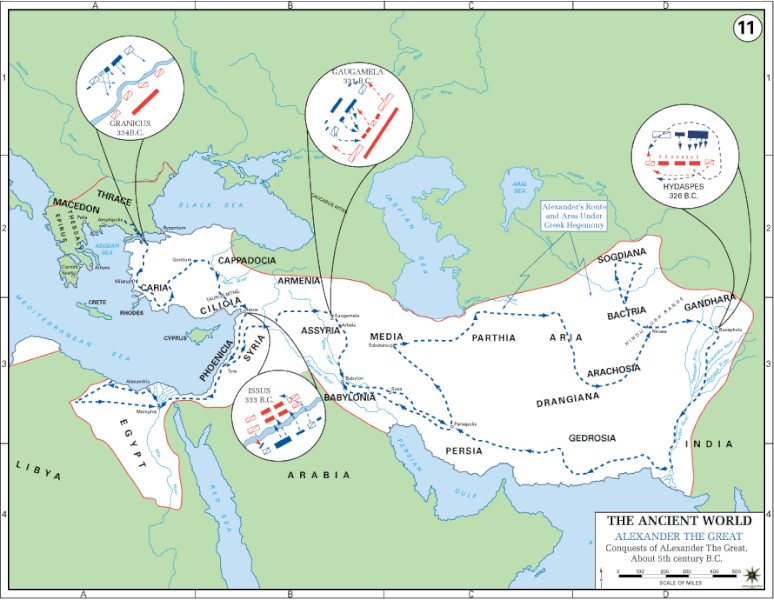
Nonetheless, the history of Strabo is really the best general account we have of India. Strabo (63/64 BCE – 24 CE) was a Greek historian, geographer and philosopher. Travel throughout the Mediterranean and Near East, especially for scholarly purposes, was popular during this era, and was facilitated by the relative peace enjoyed throughout the reign of Augustus (27 BCE - 14 CE). It is not known precisely when Strabo's Geography was written. Some place its first drafts around 7 CE, others around 18 CE. The India of Strabo is the India of the Maurya dynasty of Magadha, 325-118 BCE, the most brilliant and best known of the early Indian dynasties, to which Saudrocottus (Chandragupta Maurya) belonged, whose grandson, Asoka, established Buddhism as the State religion of India, 250 BCE, at which date the most intimate relations existed between India, Syria and Egypt, and the arts and literature and science of India reached their highest perfection.
Chinese knowledge of India
The Chinese first knew India during the reign of Emperor Wuti of later Han dynasty in the second century before Christ. They called this land Yuantu or Yin-tu, a variation of Hindu or Sindhu. In the official record of the Tang dynasty in the seventh century CE India was a country of five divisions. Quite often the royal dispatches called India as Magadha, after the name of the best known and the richest province. Some other times, it was known as the Kingdom of the Brahmins.
Of the five divisions or Five Indies, mentioned above in the timeline, the narration confines to northern stretch of India. It included Punjab alongside Kashmir and the adjoining hills with the whole of eastern Afghanistan today beyond the Indus River. The districts of Kabul, Peshawar, Gazni and Banu were all under the ruler of Kapisa whose capital was possibly at Charikar, known today as Alexandria in the Caucasus.

